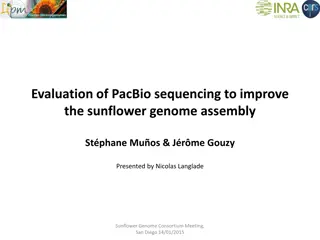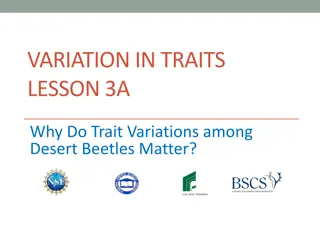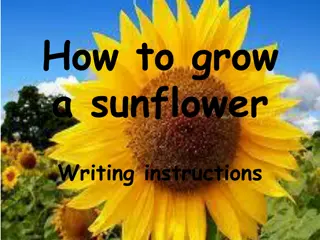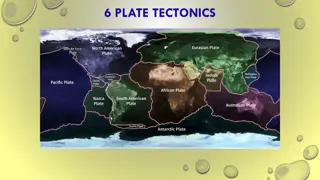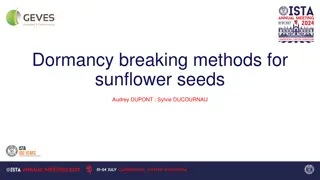Exploring Sunflower Variations with Scientific Evidence
Discover how to demonstrate variations in sunflower traits using evidence and scientific methods. Explore ways to compare and measure traits in sunflowers to showcase their differences. Uncover the uniqueness of each sunflower despite their shared identity.
Download Presentation

Please find below an Image/Link to download the presentation.
The content on the website is provided AS IS for your information and personal use only. It may not be sold, licensed, or shared on other websites without obtaining consent from the author. Download presentation by click this link. If you encounter any issues during the download, it is possible that the publisher has removed the file from their server.
E N D
Presentation Transcript
VARIATIONS IN PLANTS AND ANIMALS SUPPLEMENTAL MATH LESSON 1 How Can We Use Evidence to Show That Sunflowers Are Not All Alike Even Though They re All Sunflowers?
How Are Sunflowers Alike and Different? Photo courtesy of AnRo0002/Wikimedia Commons Photo courtesy of Pixabay.com
Showing Variations in Sunflower Traits How could we show variations in sunflower traits in a more scientific way? What might a scientist do to learn more about the differences or variations in sunflower traits? Photo courtesy of AnRo0002/Wikimedia Commons Photo courtesy of Pixabay.com
Todays Focus Question How can we use evidence to show that sunflowers are not all alike even though they re all sunflowers?
Sunflower Seeds Photo courtesy of Pixabay.com
How Are Sunflower Seeds Alike and Different? Pour the bag of sunflower seeds on a sheet of notebook paper and look at them closely. How are the seeds alike? How are they different? Share your observations with your partner. Then write them in your science notebook. Photo courtesy of Pixabay.com
Sunflower Seeds How could you show that some seeds are bigger and some are smaller? Photo courtesy of Pixabay.com
Ways to Gather Evidence Comparing and measuring traits are two ways we can gather evidence of variations. We can be more accurate if we measure a trait. Photo courtesy of Pixabay.com
How Could We Compare These Plants? Photos courtesy of Stock.Adobe.com
Measure Your Sunflowers Pairs: 1. Use your measuring tool to measure the height of your sunflower plant (the length of the stem). 2. Measure at least twice to make sure your measurement is correct. 3. Record your measurement on your handout under the correct column. Example: If you re measuring Sunflower 1, record your data in the column that says Sunflower 1.
Lets Record Our Sunflower Data! Sunflower 1 Sunflower 2 Sunflower 3 How tall is the plant? How long is the leaf? How wide is the flower?
Are These Sunflowers Real? Photos courtesy of Stock.Adobe.com
Why Do Scientists Use Models? Photos courtesy of Stock.Adobe.com
Why Do Scientists Use Models? Models represent real things, but they aren t the real things. Scientists use models to learn about things that are too difficult or dangerous to study up close, or maybe because the real thing is too hard to find. Sometimes an object is too far away to study, like a planet. Or it might be too small, like a drop of water. We used a sunflower model because real sunflowers would be hard to find and would wilt.
Our Sunflower Measurements What do you notice about our measurements? What do our measurements tell us about the stem-length (height) trait of the sunflower plants? Photo courtesy of Stock.Adobe.com
Our Sunflower Measurements Complete these sentences: The height of Sunflower 1 is [more than/less than] the height of Sunflower 2. The height of Sunflower 2 is [more than/less than] the height of Sunflower 3. The height of Sunflower 3 is [more than/less than] the height of Sunflower 1. Photo courtesy of Stock.Adobe.com
Which Plant Is More Likely to Survive? Do you think that variations in the stem-length (height) trait give a sunflower a better chance of surviving in its environment? Will a taller sunflower be more likely to survive than a shorter one? Why or why not? Photo courtesy of Stock.Adobe.com
Variations in Sunflower Seeds 1. Think of a trait you observed in the sunflower seeds. 2. Then draw two variations of that trait in your science notebook. 3. Make sure to label the trait and the variations. Photo courtesy of Pixabay.com
Lets Summarize! Our focus question: How can we use evidence to show that sunflowers are not all alike even though they re all sunflowers? How did we show that sunflowers aren t exactly alike even though they re all sunflowers? What evidence did we use?
Key Science Ideas Sunflowers share many traits, like seeds and stems. But they aren t exactly alike. Sunflowers also have many differences in their traits, like the size of their seeds and the height (or length) of their stems. These differences are called variations.
Next Time In our next lesson, we ll construct a bar graph to help us compare and describe the data (evidence) we collected on variations in sunflower traits.
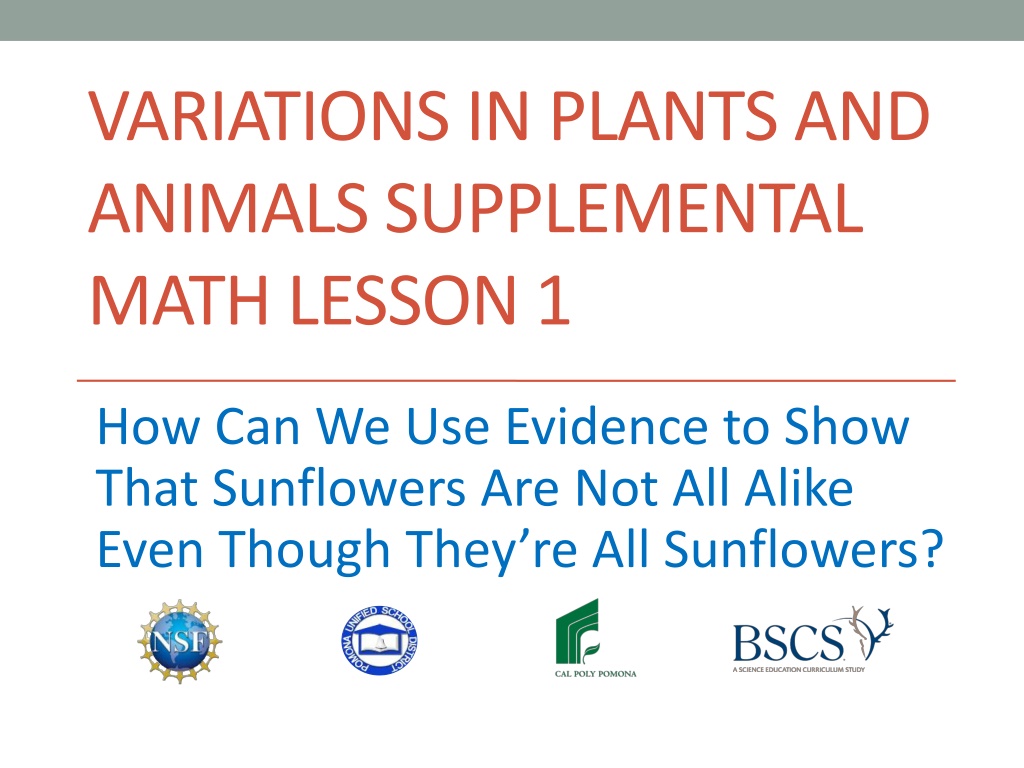




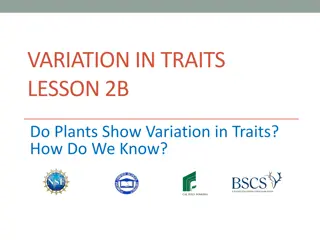

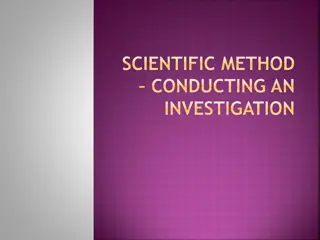
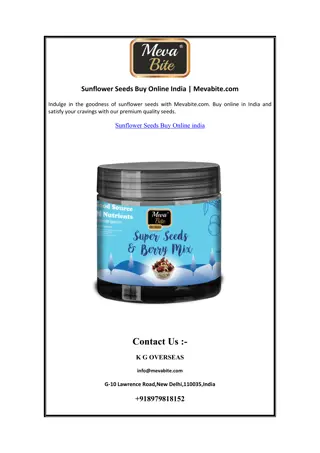
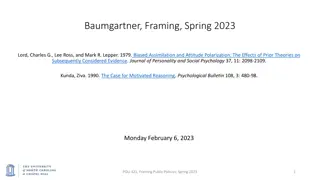
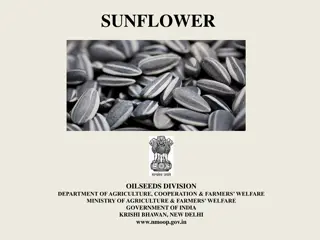


![Importance of Rock v. MWB [2018] UKSC 24 as Explained by Lord Sumption](/thumb/193348/importance-of-rock-v-mwb-2018-uksc-24-as-explained-by-lord-sumption.jpg)

